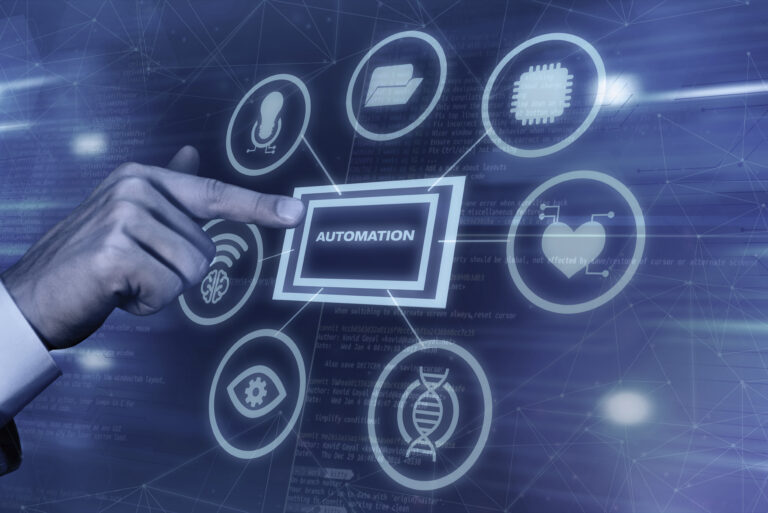
In the fast-paced world of industrial automation, OEMs (Original Equipment Manufacturers) and line builders are under constant pressure to deliver scalable, cost-effective, and future-ready systems. One of the most effective strategies to meet these demands is software standardization. By creating uniform software structures, OEMs can significantly cut down engineering time, reduce errors, and scale operations efficiently.
In this blog, we explore how automation software standardization, PLC programming standards for OEMs, and scalable automation solutions for machine builders are transforming industrial automation. Whether you’re developing one machine or scaling an entire production line across continents, this guide is tailored to help you understand the value and application of standardization.
Key Takeaways
- Software standardization reduces development time and increases consistency across projects.
- Adopting PLC programming standards helps OEMs improve collaboration and reduce rework.
- Scalable automation solutions enable faster deployment across multiple machines or factories.
- AIP offers tailored standardization frameworks compatible with major PLC platforms.
Table of Contents
1. What is Software Standardization in Automation?
Software standardization refers to creating a consistent structure and format for PLC, SCADA, and HMI programming across machines and projects. It includes:
- Predefined function blocks and logic templates
- Consistent tag naming conventions
- Reusable HMI screen layouts
- Centralized libraries for SCADA elements
This helps engineers avoid “reinventing the wheel” every time a new project begins.
2. Why Automation Software Standardization Matters
Without standardization, every new project means starting from scratch. This results in:
- Longer engineering cycles
- Higher risk of bugs and programming inconsistencies
- Difficulty in training new team members
- Challenges in scaling to multiple machines or sites
Standardized software provides:
- Faster Development: Reduce coding time by up to 50% with pre-built libraries.
- Error Reduction: Eliminate inconsistencies and logic mismatches.
- Easy Maintenance: Unified codebases make future updates simpler.
3. PLC Programming Standard for OEMs
For OEMs, adopting a PLC programming standard is crucial to ensure modularity and compatibility across machines. This involves:
- Structured programming (using Ladder, ST, or FBD)
- Modular code blocks for each machine function
- Naming conventions that align with customer expectations
- Platform-specific standards (Siemens, Allen Bradley, Mitsubishi, Schneider, etc.)
At AIP, we develop PLC code templates that align with global standards like VASS (Volkswagen), TMO (Daimler), and INTEGRA. These templates can be easily adapted across multiple customer machines and models.
4. Scalable Automation Solutions for Machine Builders
Line builders need to scale fast while maintaining quality. Scalable automation solutions ensure that once a line is validated, it can be deployed to other sites with minimal changes. Here’s how:
- Template-Based HMI Design: Create one HMI layout that can be reused with different PLCs.
- Parameterization: Allow customization via variables instead of changing base logic.
- Cloud Integration: Use IoT platforms to monitor multiple lines from one dashboard.
Modular Architecture: Plug-and-play functionality across production units.
5. Our Approach at AIP
We specialize in offering standardized software solutions tailored to OEMs and line builders:
- Pre-tested PLC templates
- Cross-platform SCADA frameworks
- HMI design kits with UX standards
- Centralized repositories for updates and documentation
Our expertise spans leading platforms like Siemens, Allen Bradley, Mitsubishi, and Wago. We also offer client training and support to help teams adopt these standards easily.
Final Thoughts
As automation becomes more data-driven and scalable, software standardization is not just a choice—it’s a necessity. For OEMs and line builders looking to expand, improve consistency, and cut engineering time, adopting standardized frameworks is the key to long-term success.
AIP is committed to helping clients streamline their automation journey through best-in-class standardization strategies. Whether you’re building a single machine or a global production network, we’ve got your software foundation covered.
Explore our full guide on software standardization for OEMs and line builders.
FAQs
How do I start implementing software standardization?
Begin by identifying repetitive tasks, defining common logic blocks, and setting naming conventions.
Will standardization limit my customization?
Not at all. It creates a strong base while still allowing for tailored extensions.
Which PLC brands do you support?
We support Siemens, Allen Bradley, Mitsubishi, and Wago.
Can your templates be used across different industries?
Yes, our standard frameworks are designed to be adaptable across domains like automotive, pharma, packaging, and energy.
Do you offer post-deployment support?
Yes, we provide continuous updates, version control, and tech support to keep your systems running efficiently.
